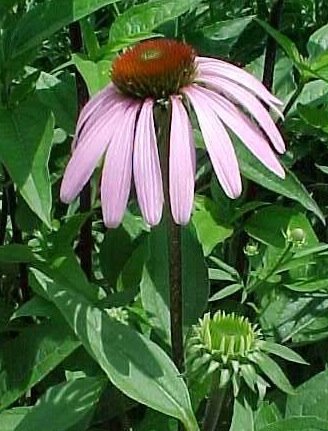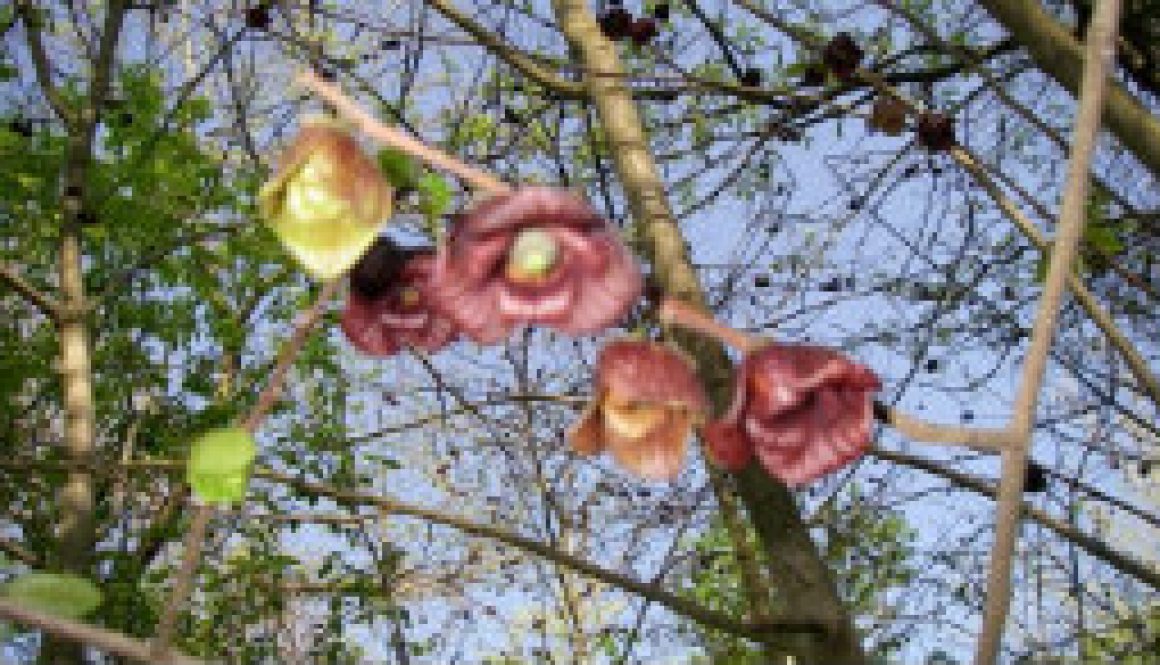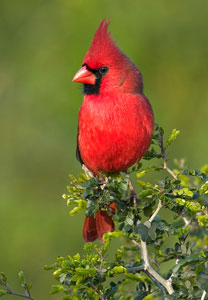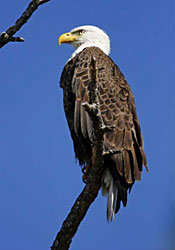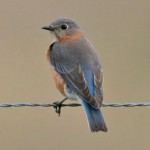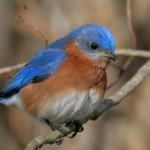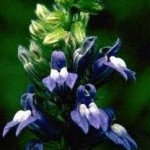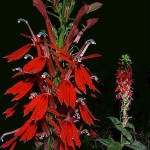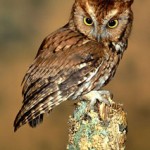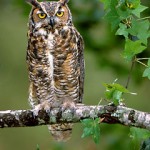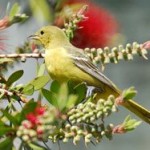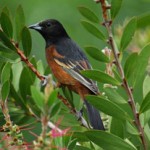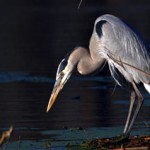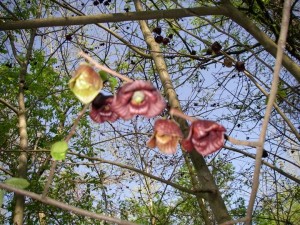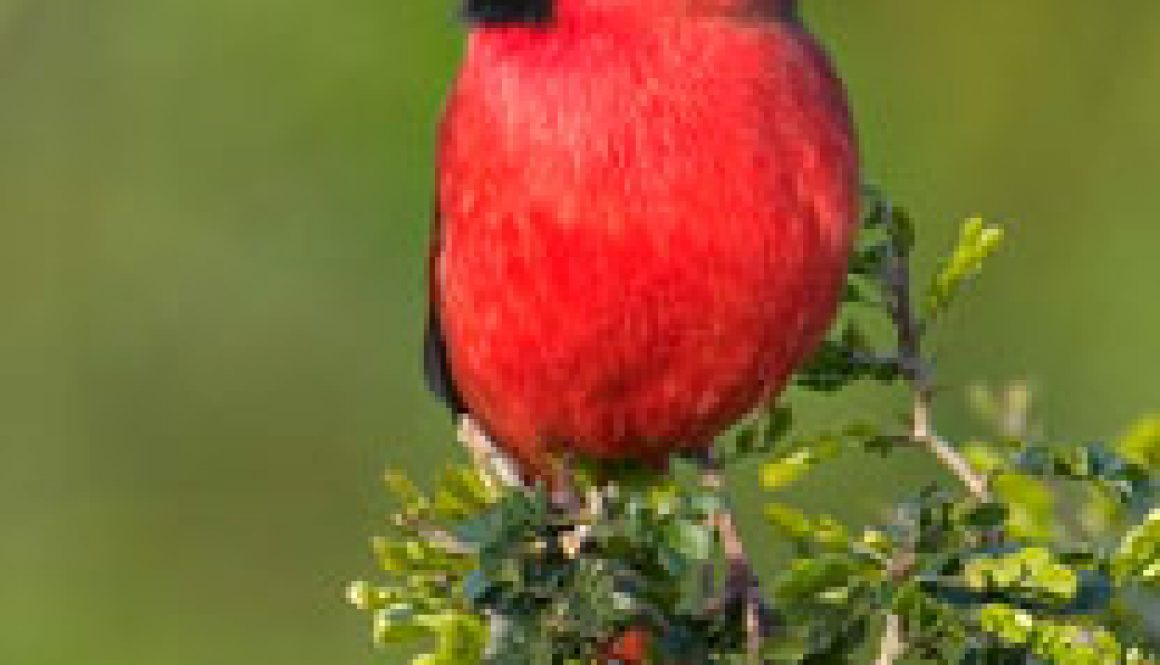
Riveroflife
Posts by :

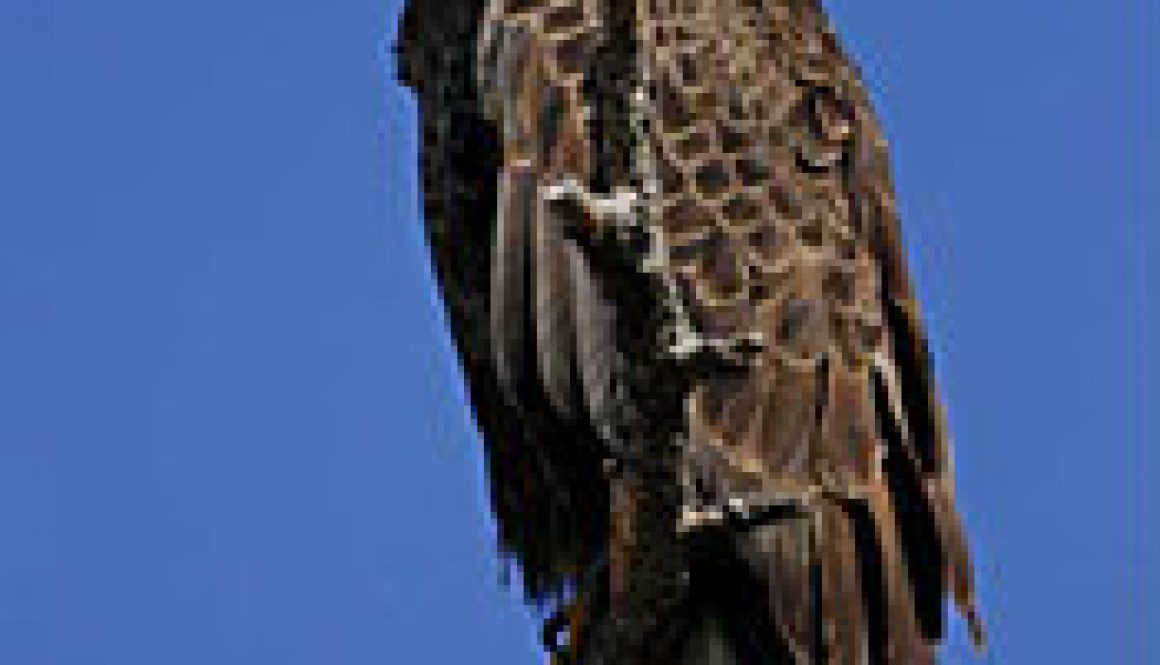
Bald Eagle
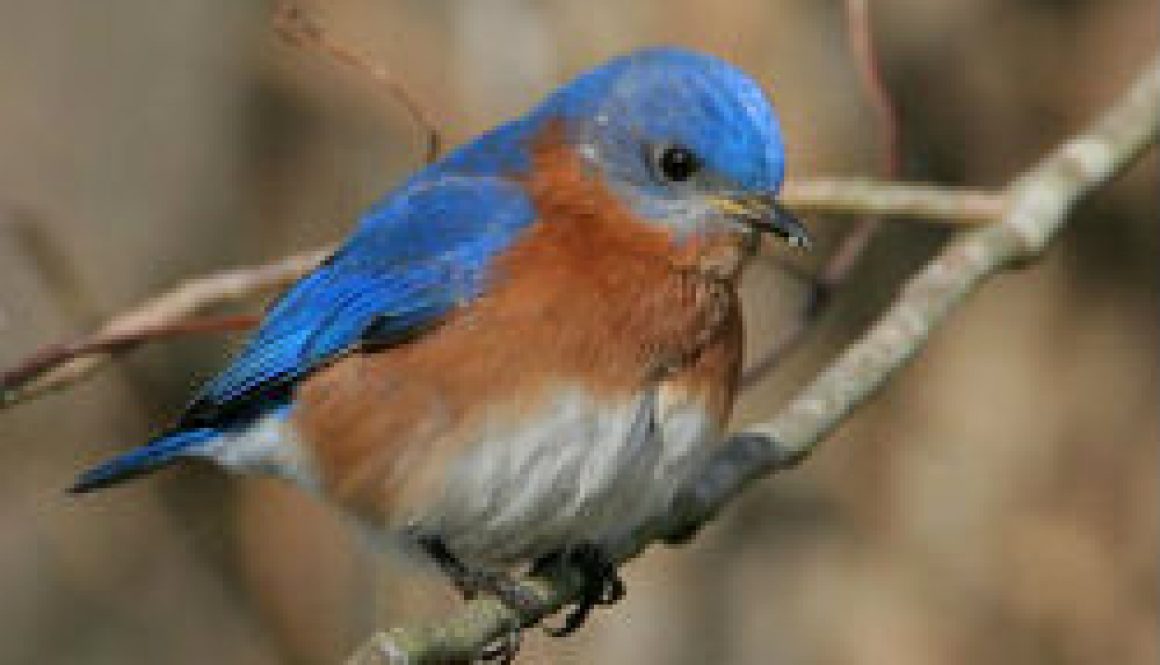
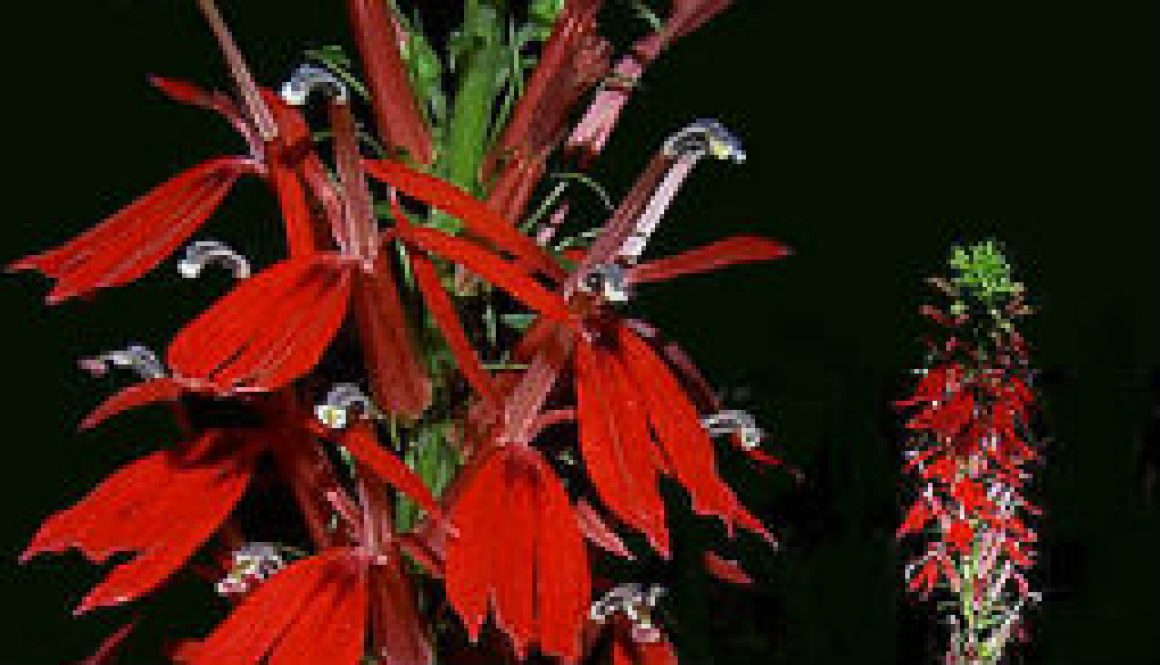
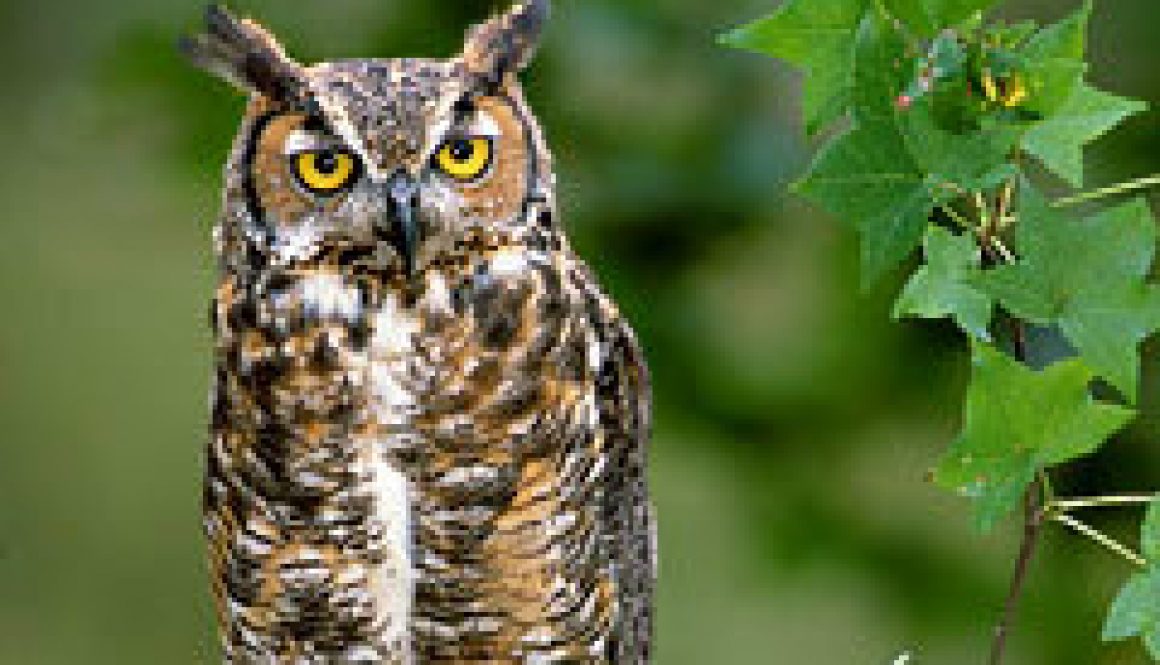
Rolf’s common Owls
Click to enlarge
There are really three common owls at ROLF on the North Fork;
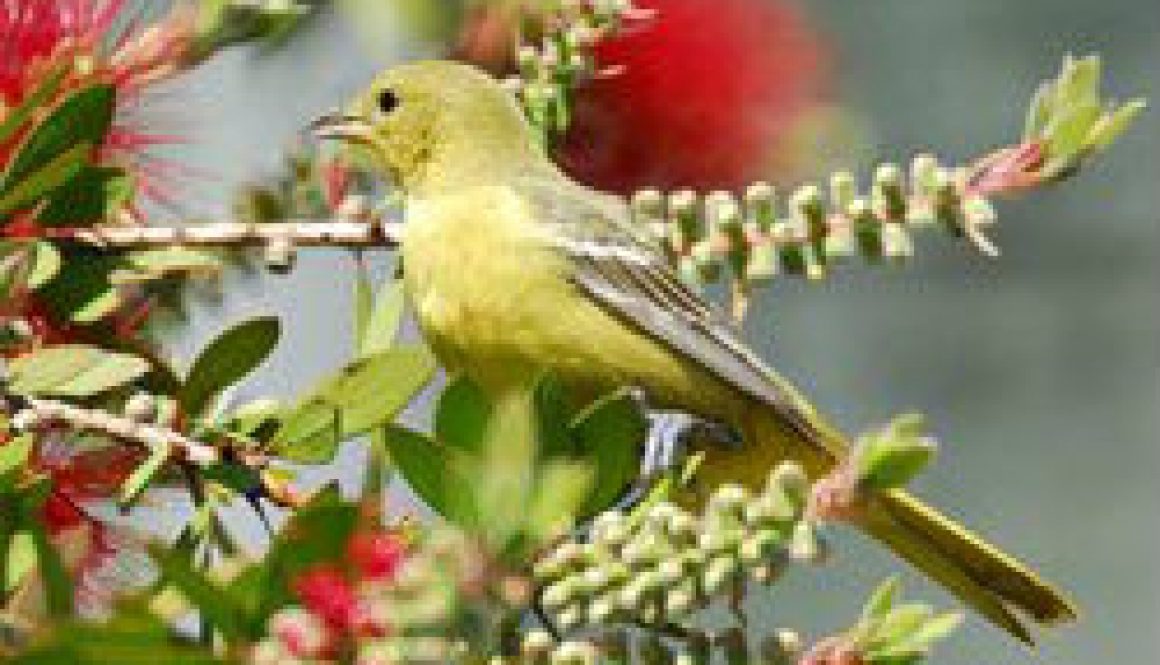
Orchard Oriole
Click to enlarge
Common spring and fall. Uncommon in summer and rare in winter. Nests at ROLF.
Orchard Orioles are smaller than the more well-known Baltimore Orioles. Male Orchard Orioles are a dark brick-red; females are a soft yellow-green. Females somewhat resemble female tanagers but female tanagers do not have wingbars. One yr. old male Orchard Orioles are the same color as females but have black throats. Orchard Orioles are very common in High Island in the spring where they particularly favor the many bottlebrush bushes which have been planted by homeowners.
Pictures are of female and male.
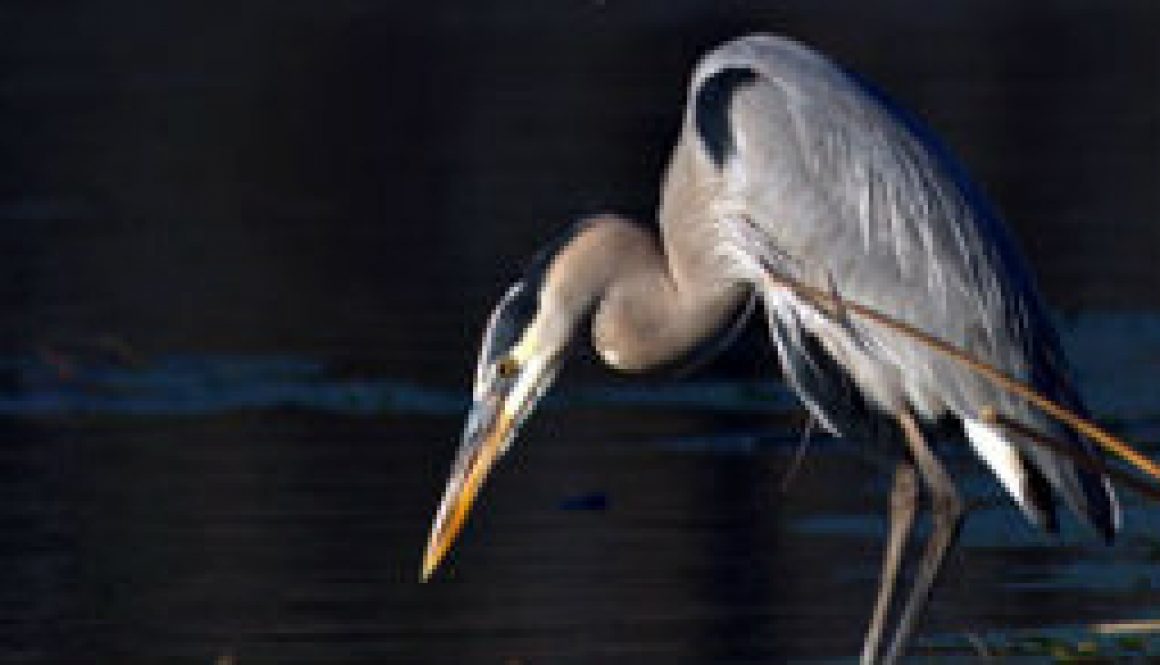
ROLF Herons
Click to enlarge
Here are two common Herons that spend their summer breeding and feeding on the North Fork river. Both are quite common and should be easy recognize after looking at these pictures. Many people think that Great Blue Herons are Cranes; they are not. The smaller Green Heron is an outstanding fisher.
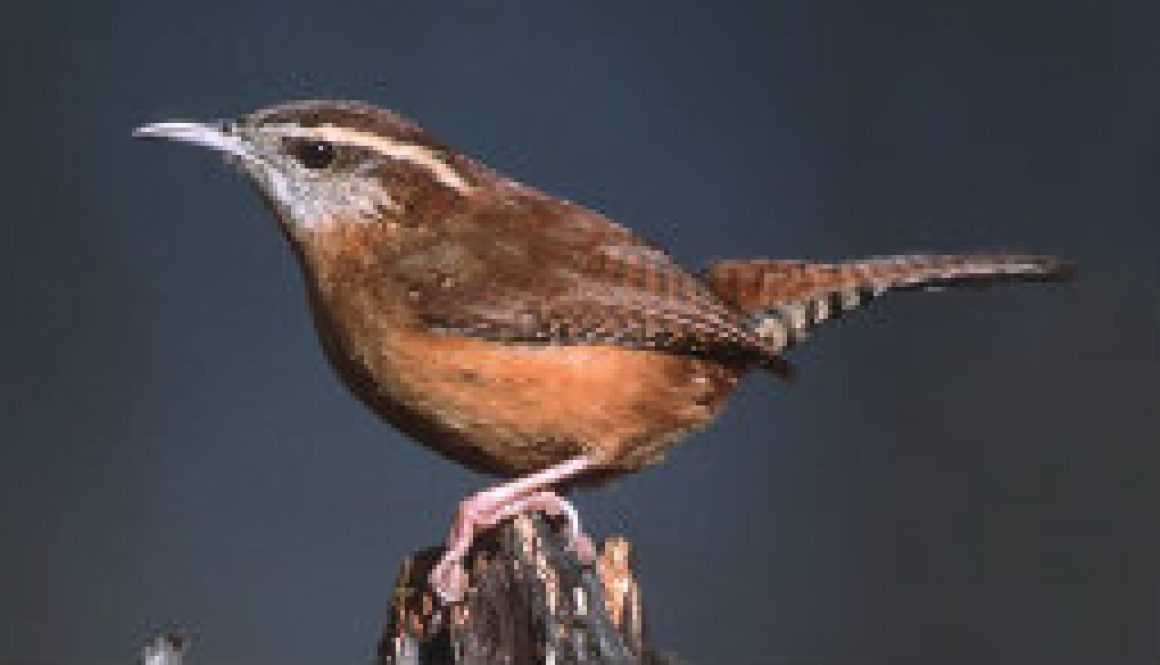
The Carolina Wren – there are many at ROLF
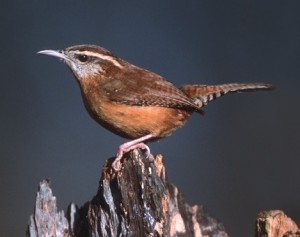
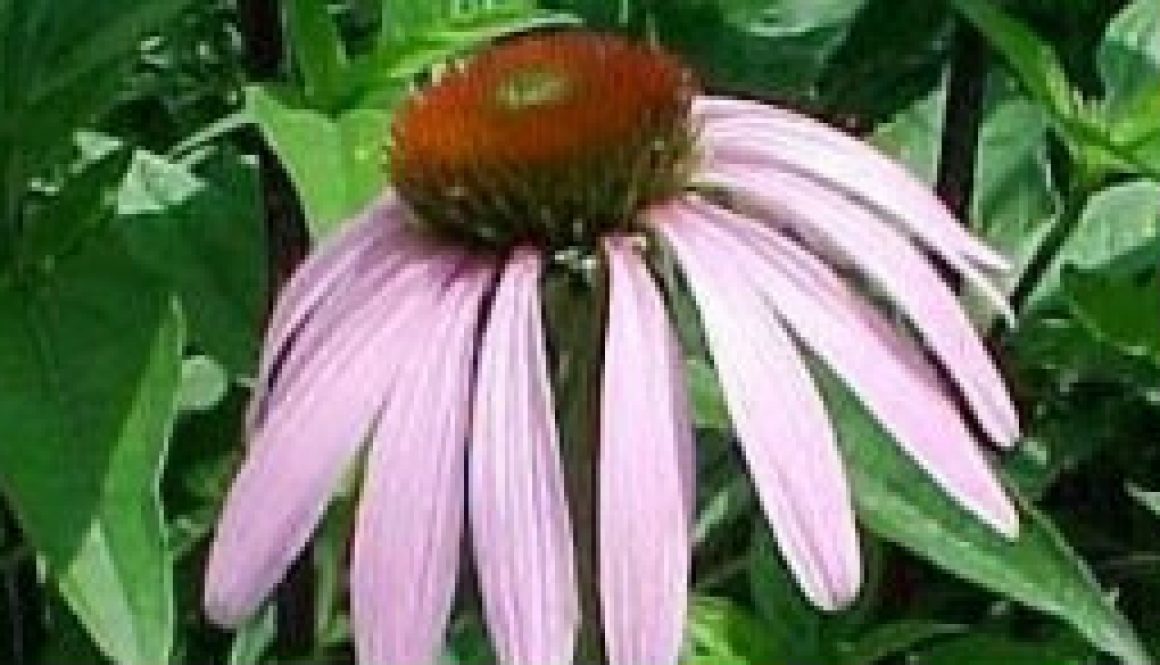
Watch for Pale Purple Coneflower in June
